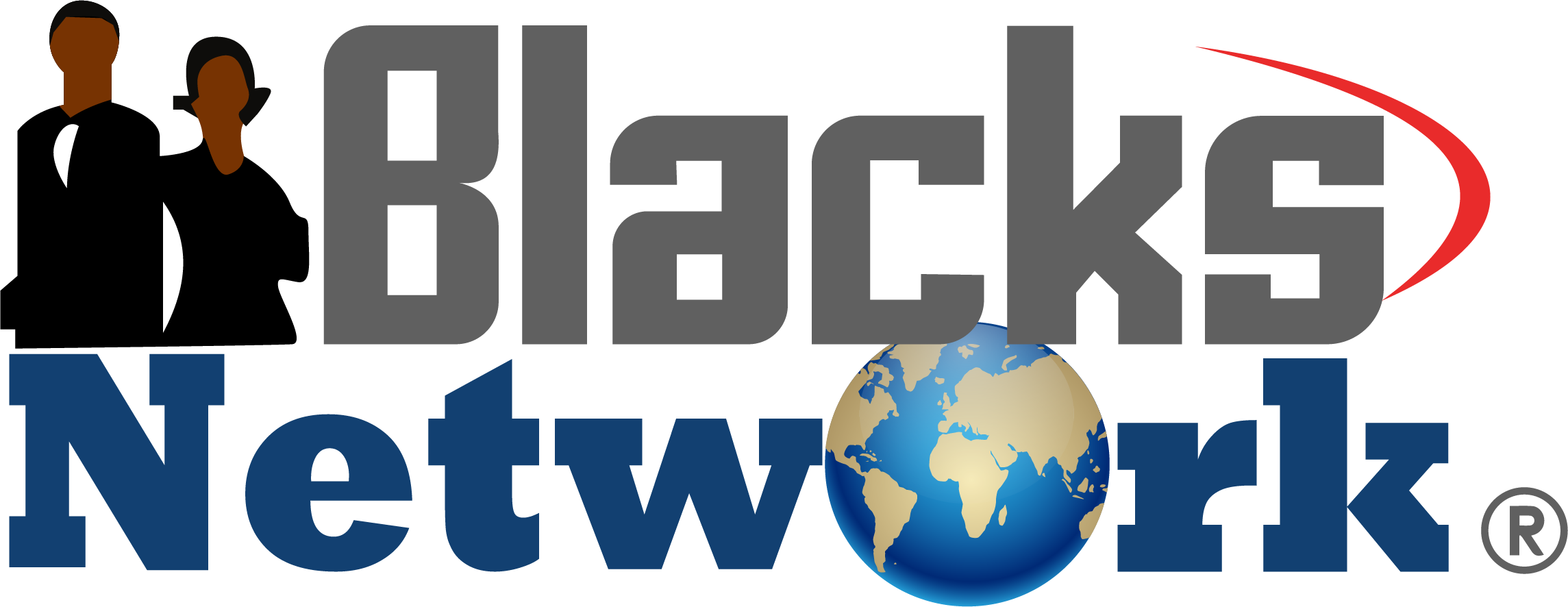How Reformer Pilates Relieves Back Pain
In addition to improving posture, Reformer Pilates can be highly effective in alleviating existing back pain. Here’s how:
1. Relieves Muscle Tension
Tight muscles in the back, shoulders, and hips can contribute to pain and discomfort. Reformer Pilates incorporates gentle stretching and strengthening exercises that help to release muscle tension and improve blood flow to the affected areas. This can provide relief from both acute and chronic back pain.
For example, the Mermaid Stretch and Kneeling Cat-Cow Stretch are excellent for releasing tension in the spine and back muscles. These exercises also promote mobility, allowing the body to move more freely without pain.
2. Improves Posture and Reduces Pressure on the Spine
As mentioned earlier, poor posture is a leading cause of back pain. By improving posture through Reformer Pilates, you can reduce the strain on the spine and surrounding muscles, which can relieve both short-term and long-term pain.
For example, people with excessive lordosis or swayback posture often experience lower back pain. By strengthening the core and elongating the spine, Reformer Pilates helps to reduce the excessive curvature and restore a more neutral spine position.
3. Increases Spinal Flexibility
Flexibility is crucial for a healthy back. Reformer Pilates exercises help to gently increase the flexibility of the spine, which can alleviate pain caused by stiffness or tension. With improved flexibility, the spine can move more freely and fluidly, reducing the risk of injury and discomfort.
4. Supports Rehabilitation and Injury Prevention
Reformer Pilates is commonly used in rehabilitation settings due to its low-impact nature and ability to target specific muscle groups. If you’ve suffered from a back injury, Reformer Pilates can help to strengthen the muscles around the injured area, promote healing, and prevent further injury. The controlled movements and adjustable resistance make it a safe and effective rehabilitation tool.
Tips for Getting Started with Reformer Pilates for Posture and Back Pain
If you're considering incorporating Reformer Pilates into your routine for better posture and back pain relief, here are a few tips to get started:
Start with a Qualified Instructor: It's essential to learn the proper techniques and alignment from a certified instructor, especially if you’re new to Pilates or have pre-existing back pain.
Focus on Breathing: Proper breathing techniques are integral to Pilates. Deep breathing helps activate the core muscles and enhances the effectiveness of each movement.
Be Consistent: Like any exercise, consistency is key. Aim to practice Reformer Pilates several times a week for optimal results.
Listen to Your Body: If you're experiencing pain, adjust the intensity of your workout or consult with your instructor to ensure you're using the Reformer safely and effectively.
Combine Pilates with Other Forms of Exercise: While Reformer Pilates is excellent for posture and back pain relief, combining it with other activities such as walking, swimming, or yoga can provide additional benefits for overall fitness and well-being.
Conclusion
Reformer Pilates is a powerful tool for improving posture, alleviating back pain, and promoting overall physical health. By strengthening the core, improving spinal alignment, increasing flexibility, and balancing muscle strength, Pilates can help you achieve better posture and reduce the discomfort associated with back pain.
If you’re struggling with back pain or poor posture, incorporating Reformer Pilates into your fitness routine can provide long-term benefits. It’s a low-impact, highly effective approach to back health that can be tailored to your individual needs and goals. So, step onto a Pilates Reformer today, and take the first step toward a pain-free, well-aligned body.
https://tonicmethod.com/9th-9th/
Suka
Komentar
Membagikan









 1 (877) 773-1002
1 (877) 773-1002